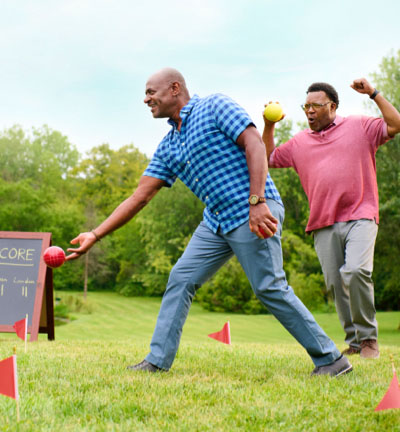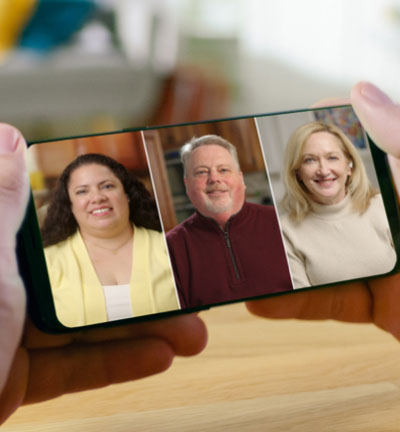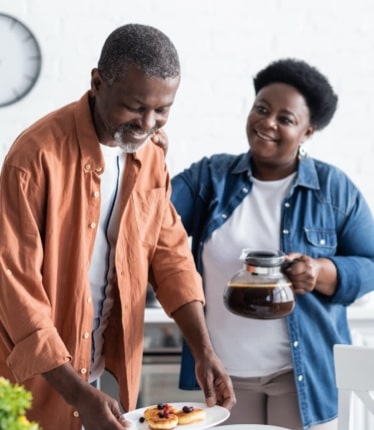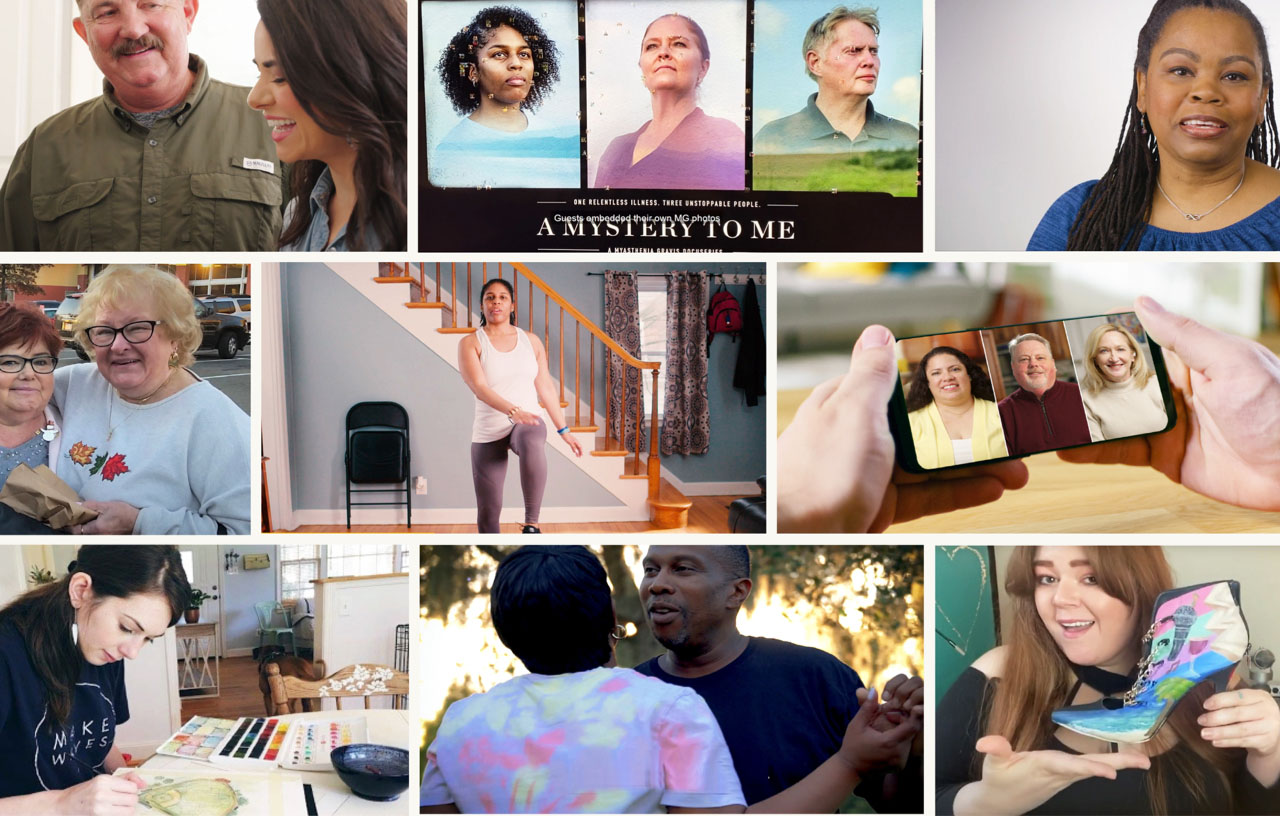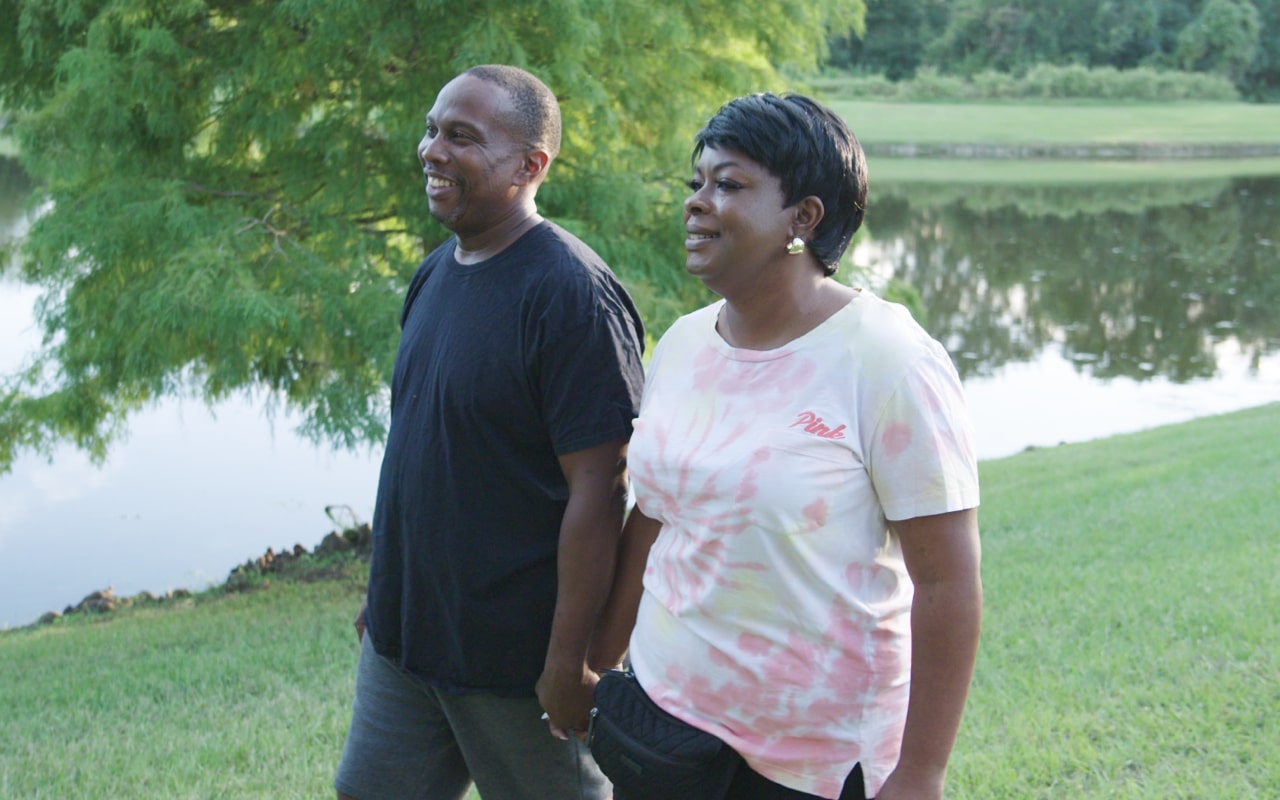Living with an autoimmune disease can come with many unknowns. And trying to navigate the ups and downs may make you feel like you’re not in control of your own life. Nicola, who is living with myasthenia gravis (MG), says, “MG, as a disease, can take so much away from you. In terms of the symptoms themselves, it can feel like a loss of power in your own self in some ways.”
But this didn’t sit well with Nicola. “Myasthenia gravis is such an unpredictable disease because everyone's symptoms are so different. On top of that, our symptoms will fluctuate day to day, week to week and sometimes even hour to hour.”1,2 She goes on to say, “Because of this, I think being able to have a sense of agency is so important, and you can have a say to help direct your treatment path.”
Meet Nicola as she shares her journey with self-advocacy, why she uses the Myasthenia Gravis Activities of Daily Living (MG-ADL) scale and more. Watch the video.
Being a self-advocate was something that Nicola herself had to practice.
One of Nicola’s favorite instances of self-advocacy was when she was told that despite her diagnosis, she wasn’t the typical age to have MG. But because of the thorough research she did on her own, she knew that while MG can happen at any time, it commonly impacts young adult women under the age of 40.3
Looking back on that moment, Nicola thinks it may seem small, but it really wasn’t. Because she had been so hesitant to stand up for herself in the past and was frustrated by feeling that she lacked power in managing her MG, not only was it a win, but it was also a stepping stone for other opportunities in the future. She says, “I really like having agency over my healthcare and feeling like I'm in control.”
What fuels her confidence with self-advocacy is her drive to keep learning. When she was first experiencing MG symptoms, she took it upon herself to read medical textbooks and join multiple MG support groups online. Not only were the groups good for emotional support, but she says the group members would also compare notes and share tips. She also has a “Myasthenia Gravis” alert set up on her internet browser so she can get notified whenever there’s new information and then talk about it with her healthcare provider. “I think it is so important to take a proactive approach to your health,” she says.
Nicola’s advice on how to be your own best advocate? “Know the facts and the most current research about MG so you can properly articulate any questions or concerns.” She goes on to say, “It's important you have the confidence to stand firm when it comes to your experiences. And it’s especially helpful when you know that information to be true, whether that's through your own medical research or shared anecdotal evidence from other people living with MG.” But she acknowledges it’s not always easy and it’s perfectly OK to lean on your support system, “I always bring my boyfriend with me to appointments. It's so helpful to have someone else there to take notes and advocate for me, especially if I'm too short of breath to get out everything I need to say.”
I think it's really important that people with MG are able to feel like they're still in control of their health.
In step with her knowledge-is-power approach, Nicola embraces tools like the Myasthenia Gravis Activities of Daily Living scale (or MG-ADL). “It's so important for us to find resources that can help us be equipped with the best knowledge,” says Nicola.
The MG-ADL scale is a tool that helps identify the impact MG has on a person’s daily life by providing an assessment of the severity of some common symptoms associated with MG. It’s made up of eight questions, six of which are about daily activities like breathing, brushing teeth and getting up out of a chair. The last two questions are eye-related (eyelid droop and double vision), because, as you may know, ocular symptoms are common in MG.1,4
To use the scale, you simply review each activity or item and give it a score from zero to three. A zero means you experienced normal function and a three means you experienced the greatest severity of symptoms.4
“I think the MG-ADL scale makes you stop and think about what’s really happening,” says Nicola. Sometimes there are symptoms Nicola has grown accustomed to, and she doesn’t recognize their impact on her day-to-day life until she sees the number written out on the scale. “Sitting and looking at the MG-ADL makes you realize either, ‘OK, I did have a few episodes this week and maybe I didn't notice it,’ or, ‘Hey, I haven't actually had a choking episode in a while!’ It’s really good to be able to see it in front of you.”
Staying consistent with the scale may also be helpful when noticing changes. “I think the MG-ADL scale is really good for measuring your symptoms, so you can reflect back on where you were before, and compare it to where you are now,” reflects Nicola.
I think all people living with MG could benefit from using the MG-ADL scale.
Nicola’s self-advocacy and her MG-ADL score come together at her healthcare appointments. “I think the MG-ADL scale is a really good tool to start a conversation with your provider. You can write down the list of symptoms and discuss how they might be affecting you.” She adds, “I think it's a good starting point to be able to bring up certain issues with your physician and start that dialogue.”
In fact, regularly tracking your symptoms may lead to more productive conversations with your healthcare team. It can also help you aim for improved daily abilities and, if possible, minimal or no symptoms (MSE). MSE means a person is experiencing minimal or almost no symptoms.
“Minimal symptoms would be amazing,” Nicola says. “I couldn't think of anything better. I light up just thinking about it.” As a professional actor, dancer and singer, Nicola shares another aspiration: “I would also like to write, direct and act in a film about MG based on my experiences.”
Her love of advocacy for herself and others comes with its own set of goals, too. “Some other goals of mine would be to improve MG awareness and ensure healthcare providers have access to critical information about MG patients in crisis.”
“When living with an unpredictable disease,” she says, “Things are going to be…unpredictable!” Goal setting is important but so is giving yourself grace. “I think it's important to be patient with yourself when setting and achieving goals,” she advises. “Don't be discouraged when things don't happen the way you’d like or in the time that you planned, some things take longer than expected and that's OK!”
Ready to set your own treatment goals? Start by tracking your symptoms with the MG-ADL scale.


